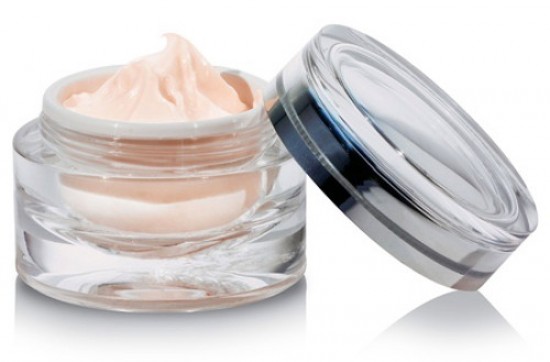You've been told in order to keep young, beautiful, healthy looking skin, you need to wash and moisturize daily.
Without any hesitation, you've probably been doing just that.
However, do you really know what's in your favorite moisturizing skin cream?
In order to maintain the integrity and shelf-life of skin creams, manufactures add between three and 10 percent of soap-based binding agents called emulsifiers.
Without them, the cream will degrade and separate, leaving the product useless and a big mess within the container. With them, though, the skin cream retains its creamy texture, while protecting the active ingredients inside.
The problem? The emulsifiers increase your skin pH.
The top part of your skin is called the epidermis, which is the outer layer of the cells in your skin. Within this layer are embedded lipid cells that act as a barrier. This barrier keeps infections and other germs from penetrating your skin. Your epidermis also regulates hydration and minimizes trans epidermal water loss.
This barrier acts best at a lower pH level and if you do anything to disrupt your skin's pH level, it can cause a number of issues on your skin's health. When the natural acidic and water levels in your skin become out of whack, it allows bacteria to make its way into your skin.
What types of ingredients should you be keeping an eye out for when purchasing skin creams?
Dr. Mike discusses why your skin creams might be more harmful than beneficial, as well as how to detect the right ingredients in your skincare products.
Thursday, 26 June 2014 14:00
Harmful Ingredients in Your Favorite Skin Cream
Soap-based emulsifiers increase skin pH levels and can cause serious damage.
Additional Info
- Segment Number: 1
- Audio File: healthy_talk/1426ht4a.mp3
- Organization: Life Extension
- Guest Website: Healthy Talk MD
- Length (mins): 10
- Waiver Received: No
- Internal Notes: NO GUEST
- Host: Mike Smith, MD
Published in
Healthy Talk w/ Dr. Michael Smith
Tagged under
